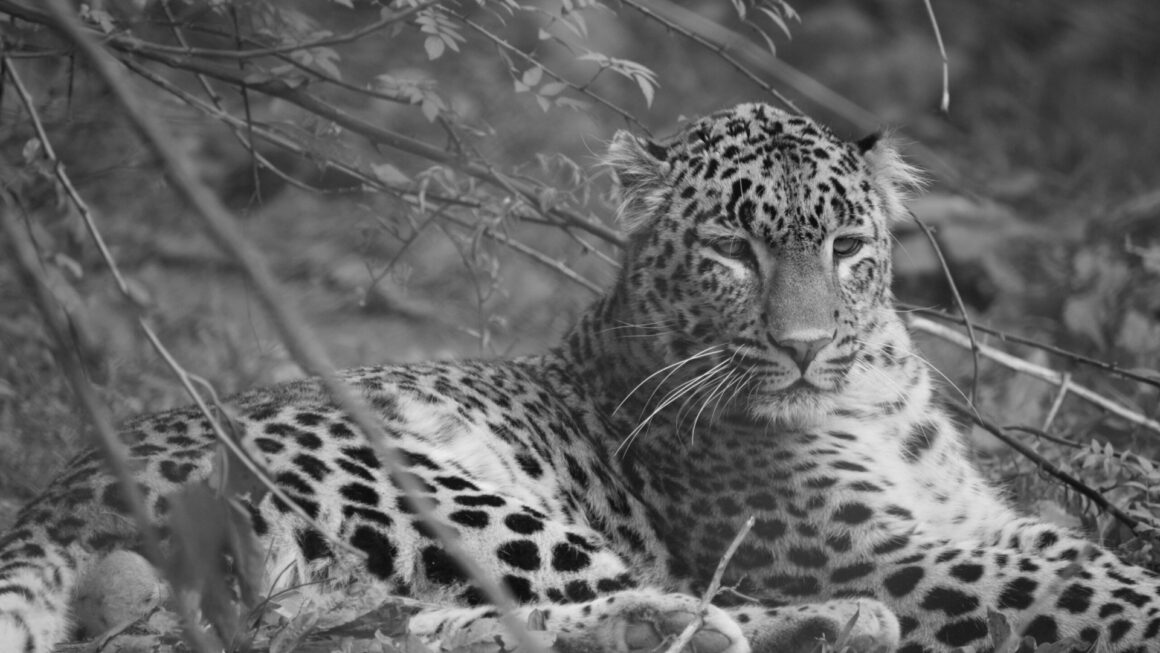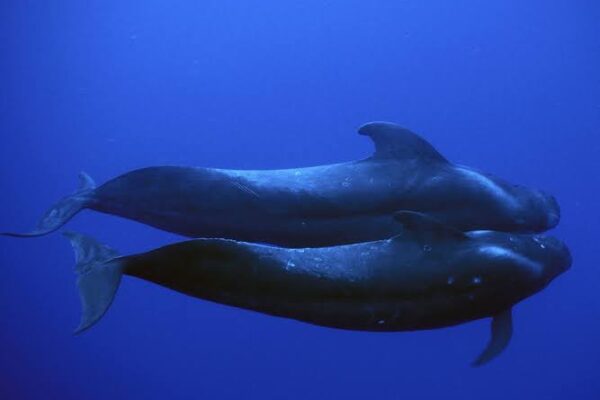Wildlife officials say reports of human-animal conflict are pouring in from every part of the Himalayan valley especially its northern part and in most of the cases wild bears and leopards have attacked the humans.
Staff Correspondent
KASHMIR (INDIA), SEPTEMBER 21
On a warm June morning, eight-year old Rutba Manzoor left home with her mother to graze cows in the dense woods near her village Boniyar in Uri – a township on the Line of Control (LoC) that divides the Indian and Pakistani controller Kashmirs. Rutba had walked less than a kilometre, when a leopard emerged from the woods and pounced on her. Rutba’s mother watched helplessly as the beast escaped in the green cover.
The terrified mother cried for help, attracting attention of some people around. They scattered in the forest to chase the leopard and rescue the girl but couldn’t find a trace. Their two hour search finally ended when they found the motionless body of the child inside the dense forests.
Kashmir, a Himalayan valley, in the northern part of India is witnessing a sudden surge in the human-animal conflict. The government officials say that in the last decade and a half 240 people have been killed and over 3000 injured by the wild animals in Kashmir valley. This year alone, officials say that over 900 cases of human-animal conflict have been reported from Kashmir – half of them in its northern region that borders Pakistani Kashmir.
“This was unexpected,” says Manzoor Ahmad, father of Rutba. Ahmad is a labourer. “In past, we haven’t witnessed something like this. This killing has shattered us. We are living in constant fear. So are the villagers in our surroundings”.
In the villages of Uri, Rutba was the fourth child killed by a wild animal in less than a month. A 14-year-old boy Shahid Ahmad was taken by a leopard at Trikanjan village of Uri. Shahid too was out in the forests, with his younger brother, to graze his cattle. His body, mutilated and in pieces, was found near his village at the dawn next morning. Another boy was killed by the leopard at Cholan village of the region. Onseptember 17, a minor girl was taken by the leopard at Gawashahr village of Uri. Her mutiliated body was found next morning.
The wildlife officials say the man eater leopard was identified and then killed on July 7 after a series of attempts to capture the wild animal failed.
They say the reports of human-animal conflict are pouring in from every part of the valley especially the northern part of the Kashmir valley and in most of the cases wild bears and leopards have attacked the humans.
The official figures of the Wildlife department of Jammu and Kashmir reveal that seven people have been killed by the wild animals this year four in its northern part and three in south. The killed include five children, their age ranging from four to 14 years. In 2021, 12 people were killed by the wild animals in Kashmir while 33 were injured.
“The statistics definitely show a rise in the incidences of human-animal) conflict,” says Regional Wildlife Warden Kashmir Rashid Naqash. “Black bears and leopards cause maximum attacks, human injuries and deaths”.
The attacks and the government’s inability to stop them has led to anger against the wildlife officials. “In many parts of the Kashmir region, the conservation of wildlife is facing a severe challenge due to public perception and hostility due to these attacks,” says Naqash.
Kashmir, a Himalayan region divided between India and Pakistan, is home to a large variety of animals. Wildlife officials say that black and brown bear and the leopards have “held the region in a veritable state of terror for the past few decades”.
The surging attacks have not only cost human lives but of the wild animals too as people ‘retaliate to kill’ when they see a wild animal roaming near a human habitation. Over the last few years, many videos, showing people targeting a wild animal with sticks and stones, have surfaced in valley. he official data reveals that many leopards have died naturally or in retaliation while others have been killed after official permission.
Naqash says although the conflict is not a new phenomenon in the world or in Jammu and Kashmir, it has certainly escalated greatly in the past few years.
“Whether this is due to change in forest cover, or change in land-use practices and livelihood options practiced by the local populace, or a decrease in wild prey for the predators due to illegal hunting by villagers or indeed, a change in behaviour of the predator due to easy access to stray dogs and livestock, is a moot point, but the statistics definitely do show a rise in incidences of conflict,” he says.
A senior official of the wildlife depatment said that the rapid urbanisation and people encoraching the forests is the reason for wild animals to roam around in the villages. “The human settlements are deep inside the forests now. We are encroaching on their land and what we witness is inevitable,” he said. “There could be another reasons for this and that is the population of leopards and other wild animals have increased. But there has been no population census and we couldn’t be sure about it unless there is a proper census”.




